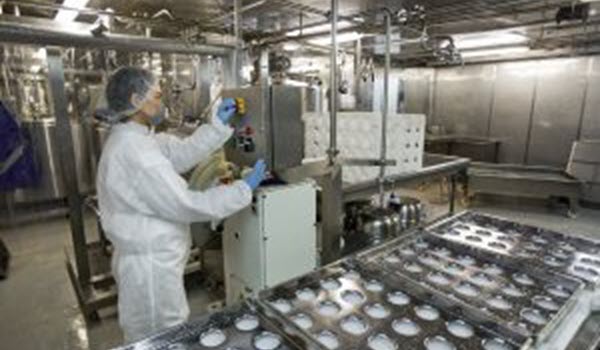In industry, errors, whether human or mechanical, result in defects in products. In the end, it is the production quality that is affected, which has a negative impact on customer satisfaction.
A global system at the service of production quality
Eliminating errors is one of the top priorities of any company that wants to achieve its quality objectives. The implementation of a QMS (Quality Management System) falls precisely within this logic. Only, this organization must be truly adapted to the specificities of the company to be able to offer and sustain a real efficiency. A single SMQ model can work perfectly for one entity and not at all compatible with another.
The QMS involves all the human and material components that can influence the production quality and customer satisfaction. It requires a strong involvement of agile staff and supervisors at the same time as a powerful mindset and leadership.

Neither can this system be beneficial if it is not associated with system approach management, as well as with process and factual systematic approaches to improve decision-making. Finally, focusing on the customer and ensuring that supplier relationships are beneficial to both parties completes the list of elements that determine the success of the QMS.
Act upstream by preventing the occurrence of an error
The occurrence of an error at one time or another is almost inevitable if a completely reliable (robust) continuous process is not there to prevent it.
Poka Yoké is an anti-error, or “foolproof” system, designed to prevent these anomalies and defects in the industry. It makes changes in the production process, the workstation and the means of production and techniques to prevent errors. In the industry, Poka Yoké takes various forms, such as creating asymmetries in the brackets or templates to force the operator to place the part in the proper way, or setting up an alarm if a startup condition is not respected.
For its part, the utilization of FMECA (Failure Modes, Effects and Criticality Analysis) makes it possible to prioritize continuous improvement operations by defining a criticality order (product of the probability of occurrence of an accident by the severity of its effects). It involves, through a teamwork brainstorming in which all the departments of the company participate, to identify the errors likely to occur at any stage of production and to define the preventive actions to avoid them.
Production quality : what are the other solutions ?
As an equally collaborative approach, the 8D method recommends the creation of 8-step fact sheets to tackle the root causes of errors:
- define the working group
- describe the problem
- define the immediate corrective actions
- determine the real causes of the problem
- determine the corrective actions
- deploy and validate the corrective actions
- determine the preventive actions and
- congratulate the working group (the 8th “D”: say thank you).
Another quality method, the Ishikawa diagram is based on a graphical representation of the causes giving rise to an effect. Diagram in the shape of fish bones, it is articulated around 5 branches (called in the industry jargon 5M): the material, the material, the method, the labor and the environment. The resulting graph places the most direct measurable causes closer to the center edge to highlight them.
Improved production through better maintenance
Without powerful machines, it is impossible to ensure and accomplish sustained production. For this, maintenance operations are crucial. It is no longer enough to try to prevent malfunctions, inefficiencies and breakdowns of machines to keep them in functioning. The goal is also to reach performance improvement. It is on this principle that Total Productive Maintenance (TPM) is based, an approach characterized by a greater involvement of accountable operators.
This is indeed an approach inviting those who work directly with the machines to contribute to their maintenance and improvements, because they are the ones who know them best. Total Productive Maintenance uses the initiative and analysis of the operator to improve the performance of production tools.

If he detects a deficiency in the machine, he knows how to fix it or can participate in finding a solution through tools and techniques; he must be able to benefit from listening to his superiors. In the end, it is the company as a whole that benefits from this kind of experience feedback recommended by the TPM.
Use a Digital Work Instructions software
Work instructions are used on paper-basis which generates consequences for the production and the total quality of this one. This is why, we recommend industrial companies to use a software to create, automate and manage their work instructions. They prevent operators to make errors and therefore insure to do right the first time. To know more about Digital Work Instructions Sofware, contact us.




Leave A Comment